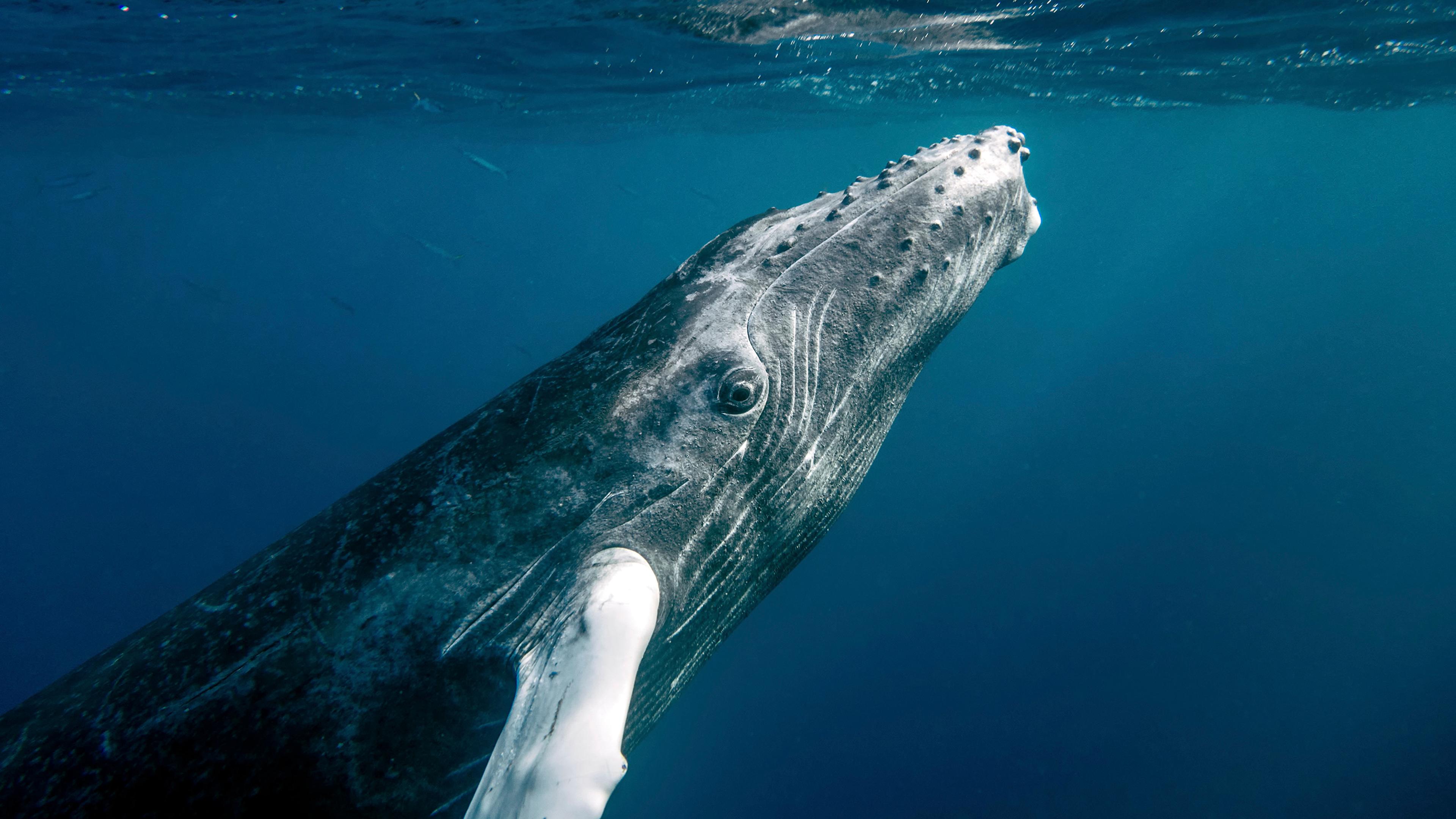Scientists brought a wild horse back from extinction. But is it truly the same animal?
The reintroduction of takhi horses to the Mongolian steppes, where they had roamed for millennia before going extinct in the wild in the 1960s, is often thought of as a great accomplishment of the animal conservation movement. However, as this brief animated history of the takhi from TED-Ed explains, a closer look at the story raises some complex questions about the meaning of conservation, the role of zoos and the best way to keep wild animal populations thriving. For instance: can a population of animals descended from captive breeding programmes, and closely watched and controlled to ensure their perpetuation, truly be considered wild? And, in the instance of the takhi, can these newly released horses even be considered the same animal?

videoBiology
What would it mean if we were able to ‘speak’ with whales?
65 minutes

videoBiology
For 3 billion years, life was unicellular. Why did it start to collaborate?
4 minutes

videoBiology
Dive deep into an egg cell to see how ageing reboots when a new life begins
2 minutes

videoNature and landscape
Scenes from Aboriginal Australian pottery chart the turn of the seasons
7 minutes

videoMathematics
After centuries of trying, we’ve yet to arrive at a perfect way to map colour
20 minutes

videoHistory of science
Insect aesthetics – long viewed as pests, in the 16th century bugs became beautiful
8 minutes

videoLove and friendship
What does it mean to say goodbye to a creature that doesn’t know you’re leaving?
13 minutes

videoEcology and environmental sciences
Join endangered whooping cranes on their perilous migratory path over North America
6 minutes

videoEnvironmental history
In Kazakhstan, ‘atomic lakes’ still scar the landscape decades after Soviet nuclear tests
13 minutes